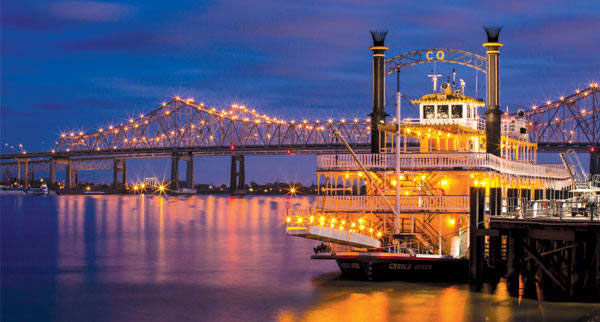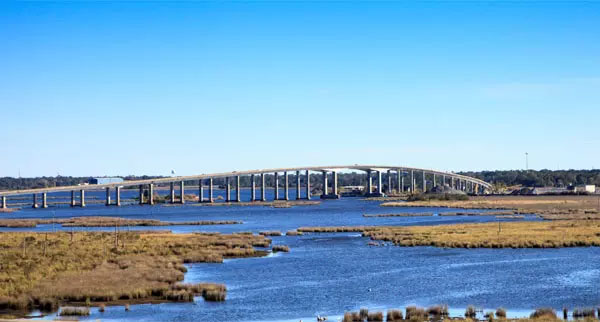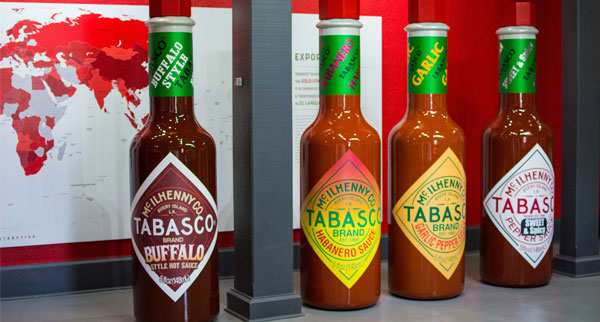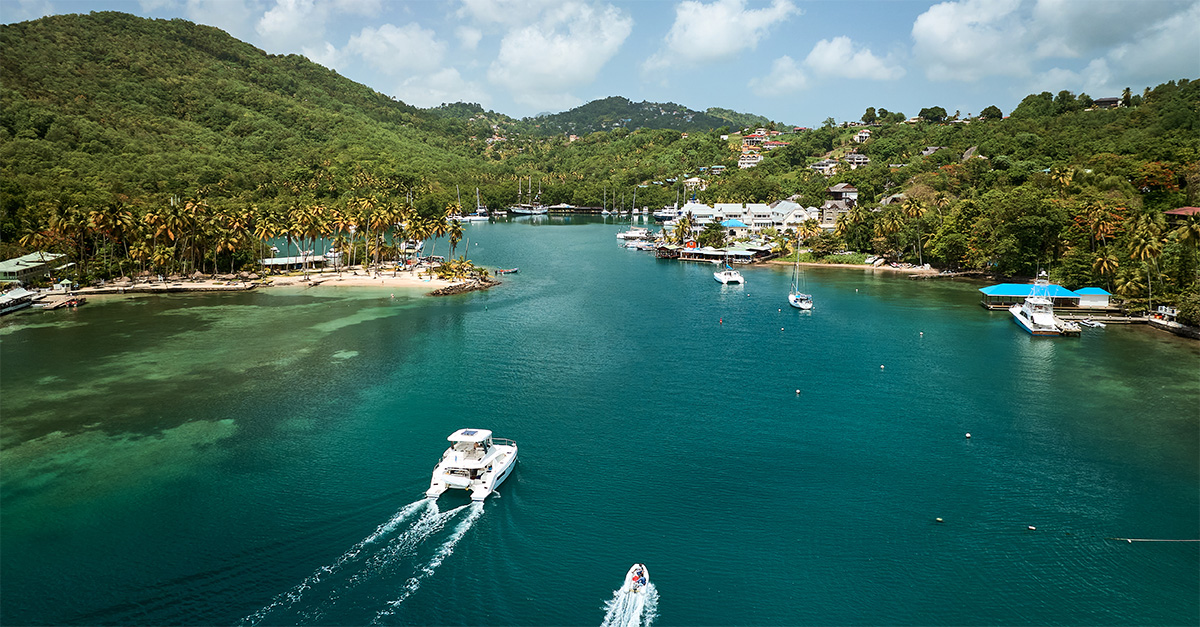New Orleans is the ideal gateway to get around Louisiana, finds Tamara Hinson.
Click here to download and save as a PDF.
As I rumble through another Grand Canyon-sized pothole, my guide Laura cackles. “Enjoying the New Orleans massage?”
Luckily, last December’s launch of New Orleans’ first bike-share scheme, Blue Bikes, has prompted authorities to embark on a pothole-filling frenzy, which is partly why New Orleanians are saddling up in droves.
They’re not the only ones. Visitor numbers to the Big Easy – which marks its 300th anniversary this year – have rocketed since British Airways introduced the UK’s first direct route to the city in 30 years. Nola is one of America’s most iconic cities, and the starting point for self-drives exploring the rest of the state, so we hop on for some good ol’ Louisiana hospitality.
French fancy
My guided tour of the French Quarter, with The American Bicycle Rental Company and FreeWheelin Bike Tours, rolls along Frenchmen Street, famous for having Louisiana’s highest density of live music venues, and through City Park, with its swan-filled lakes and thousands of oak trees.
We stop for beignets – the sugar‑coated pastries beloved by New Orleanians – then pedal to St Louis Cemetery and wander between neat rows of giant marble tombs stretching as far as the eye can see.
“Another tradition? Turtle soup. I’m swayed by my waiter’s offended sigh when I refuse, so I give in, and still feel guilty to this day.”
After the tour ends, I cycle to the Garden District for dinner at the Commander’s Palace, one of the city’s most famous restaurants. In the rabbit warren-like interior, there’s hand-embroidered wallpaper and twinkling chandeliers. My waiter explains that guests’ iced-water glasses are replaced after every course as a nod to the venue’s early days, when lack of air conditioning meant ice melted quickly in the sticky heat. Another tradition? Turtle soup. I’m swayed by my waiter’s offended sigh when I refuse, so I give in, and still feel guilty to this day.

Turtle power propels me back to my lodgings, the beautiful International House Hotel. This boutique property, with its candlelit lobby and high‑ceilinged rooms, is perfectly positioned: the bright lights of Canal Street, with its bead-draped souvenir shops and tourist-filled bars, are a five‑minute walk away.
It’s also close to the National WWII Museum. A recently completed £270 million renovation quadrupled its size, and a hotel and conference centre will open there in 2019.
“There are regular guided tours of the Louisiana State Capitol, a beautiful art deco-style building towering over the Mississippi.”
I then wander down to the mighty Mississippi, where the Creole Queen bobs in the murky water, ready to set sail on one of its daily cruises. It will soon be joined by another ship, City of New Orleans, due to launch in October.
Baton Rouge
I opt for a slower method of transport when it comes to exploring Louisiana’s lesser-known parts. By road, it takes around 90 minutes to get to Baton Rouge. There are regular guided tours of the Louisiana State Capitol, a beautiful art deco-style building towering over the Mississippi, but we’ve been granted the chance to sneak in for a free-range exploration.
It’s the tallest capitol building in the US. Construction supplies were delivered by rail, with the bricks, bronze, granite, limestone and iron filling 2,500 rail cars. It was Huey Pierce Long, 40th Governor of Louisiana, who pushed for the building’s construction, but in 1935, shortly after its completion, he was shot dead here. On the first floor I can still touch the jagged hole left by the assassin’s bullet.

Lafayette
My final destinatio is Lafayette. We drive along the Atchafalaya Basin Bridge, a spectacular structure over America’s largest swamp – if you have time, sign up for a boat tour.
It’s a small city, where drivers roll along blaring blues-based zydeco music from open windows, and the unpretentious high street has a slightly confusing mix of businesses, including hot-dog restaurant chain Dat Dog, a science museum, the Wurst Biergarten bar and the Carpe Diem! gelateria.
I head away from the town centre and roam the beautiful grounds of the University of Louisiana at Lafayette – the only campus to contain an alligator-filled swamp.
“I sign up for one of the brewery’s regular organised cycle rides and spend three happy hours rolling past beautiful plantation-style buildings.”
Lafayette is known as Hub City, and is the ideal base for explorations farther afield. The nearby town of Grand Coteau is home to the world’s oldest continually operating Sacred Heart school, along with the site of the only Vatican-certified miracle to take place in the US. In 1866 a nun was healed by an apparition of John Berchmans, a Jesuit. Her recovery led to his posthumous canonisation, and today there are guided tours of the nearby Shrine of St John Berchmans.
I also love the quaint town of Arnaudville. At its heart is Bayou Teche Brewing. I sign up for one of the brewery’s regular organised cycle rides and spend three happy hours rolling past beautiful plantation-style buildings and rippling fields of golden corn. Regular stops for pickle-juice refreshment keep me hydrated until I arrive back at the brewery and can indulge in something a little stronger.

The spice of life
It isn’t long before I’m imbibing once again. Tabasco, the world’s biggest hot-sauce brand, turns 150 this year and its headquarters, parts of which are open to the public, can be found on Avery Island, a short drive from Lafayette.
Inside Restaurant 1868, the queue for the DIY bloody mary bar stretches towards the door, so I take my tipple onto the porch and gaze over the gardens, where winding pathways weave past pepper plant-filled warehouses and beautiful red-brick buildings.
In the museum are collections of rare Tabasco-themed merchandise (including skis, a Tabasco Barbie and a Tabasco surfboard) alongside interactive exhibits. Family tree charts show how, even today, it’s a family affair – executive senior vice-president Harold ‘Took’ Osborn is the great-great-grandson of founder Edmund McIlhenny.
“There are lily pad‑filled swamps overshadowed by cypress trees draped with Spanish moss, and an enormous Buddha that is blessed by a monk every year.”
Every bottle is still produced here (700,000 a day, to be precise) and the displays of Tabasco-branded products sold worldwide are pretty wide-ranging: there are Tabasco crisps, cooking oil, chocolate, barbecue wood chips and spam. “We’ve been working on a Tabasco soda for years!” Osborn says.
In the blending room, I watch the sauce being prepared and press a button to send a blast of pepper-scented air into the viewing area. The gift shop is an attraction in itself: there are Tabasco babygros, T-shirts (for humans and dogs) and Tabasco jam, chocolate and ice cream.
Craving some Tabasco time out, I stroll over to the nearby Jungle Gardens. McIlhenny was passionate about nature and wanted to create a retreat for employees (many lived on-site) and migratory birds. Today, the semi-tropical gardens cover 170 acres. There are lily pad‑filled swamps overshadowed by cypress trees draped with Spanish moss, and an enormous Buddha that is blessed by a monk every year.
As I pass, I’m sure I can smell the spicy scent of an incense stick, but then I notice that the wind is blowing in my direction and realise it’s probably just Tabasco sauce.
Ask the expert
“I love the diversity of Louisiana. For foodies, there’s a glorious combination of styles, although Cajun and Creole dominate. Culture is taken care of with the glorious plantation homes, as well as the architecture of New Orleans, and for musicians there’s the whole state: the jazz of New Orleans, zydeco music, blues and swamp pop. Music oozes from every pore!”
Sandra Potter, founder, Frontier Travel
Read more
See another side of Colorado on a music-themed trip
What’s new in the city of Anaheim, California
The best places to spend spring break in the US




